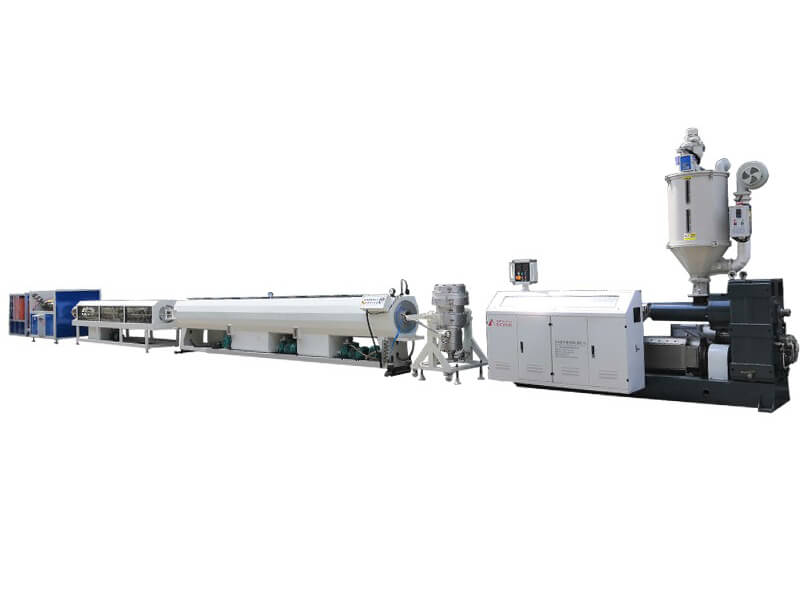
5. The pressure at the end of the screw is very important
This pressure reflects the resistance of everything downstream of the screw: screen and contamination crusher plate, adapter duct, stationary agitator (if any), and the mold itself. It depends not only on the geometry of these components , but also on the temperature in the system, which in turn affects resin viscosity and throughput speed. It is independent of screw design, except when it affects temperature, viscosity and throughput. For safety reasons, it is important to measure the temperature - if it is too high, the die and die can explode and injure nearby people or machinery.
Pressure is advantageous for stirring, especially in the last zone (metering zone) of a single screw system. However, high pressure also means more power from the motor - and therefore higher melt temperature - which can dictate the pressure limit. In a twin screw, the two screws intermesh is a more efficient agitator, so no pressure is required for this purpose.
When making hollow parts, such as tubes made with spider molds that use stents to position the core, high pressures must be created within the mold to help separate streams recombine. Otherwise, the product along the weld line may be weak and problems may arise during use.
6. Output = displacement of last thread +/- pressure flow and leakage
The displacement of the last flight is called positive flow and depends only on screw geometry, screw speed and melt density. It is regulated by the pressure stream, which actually includes the drag effect (indicated by the highest pressure) that reduces the output and any over-occlusal effect in the feed that increases the output. Leaks on threads can be in either direction.